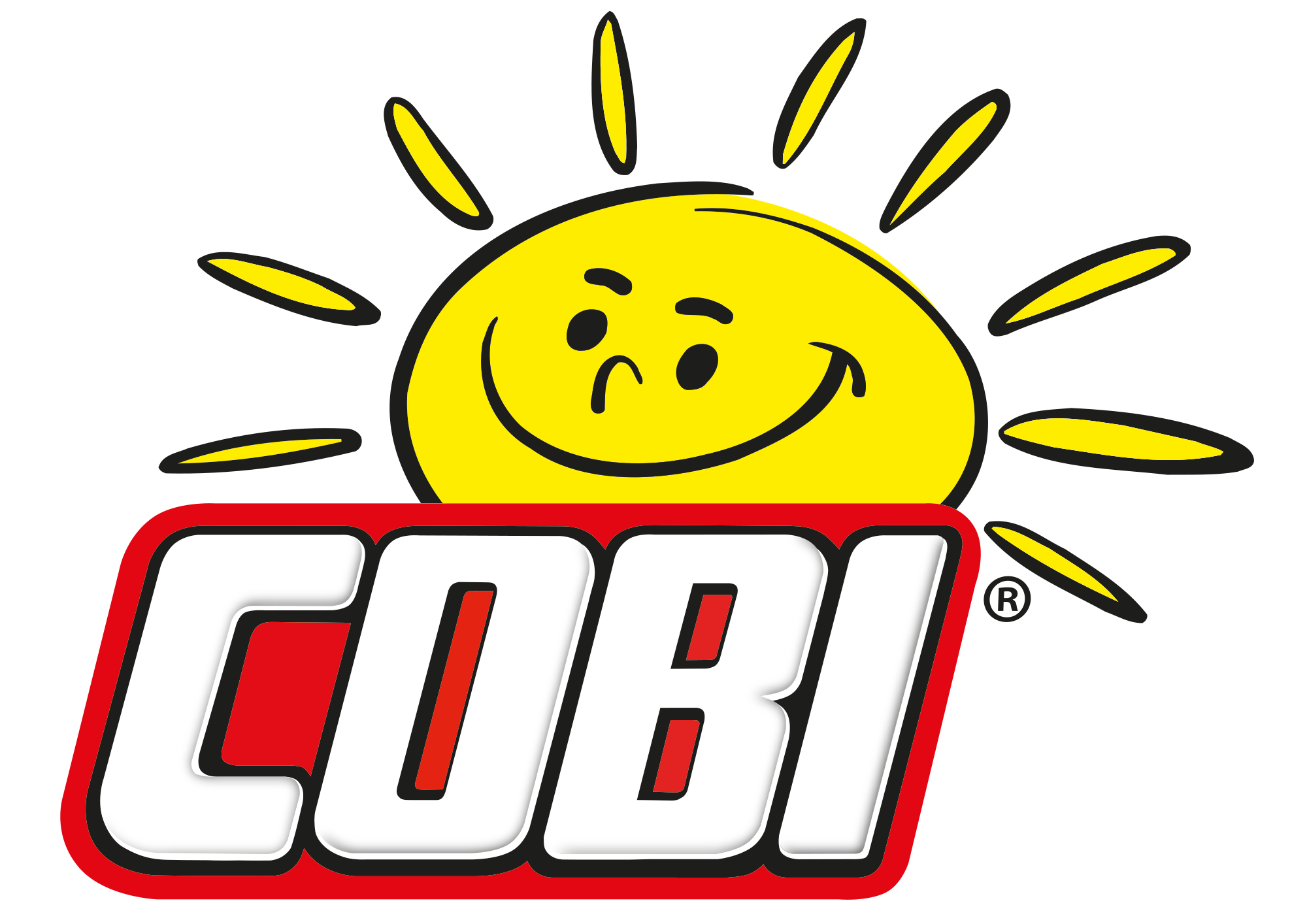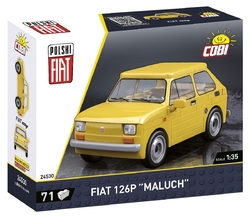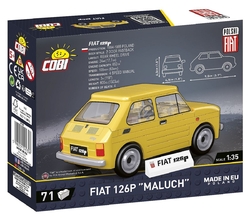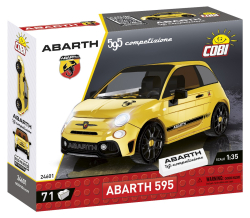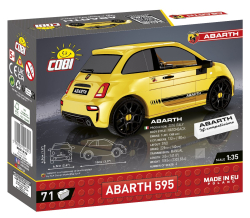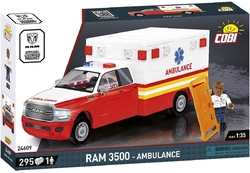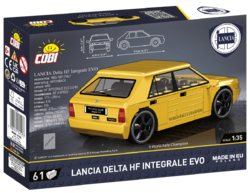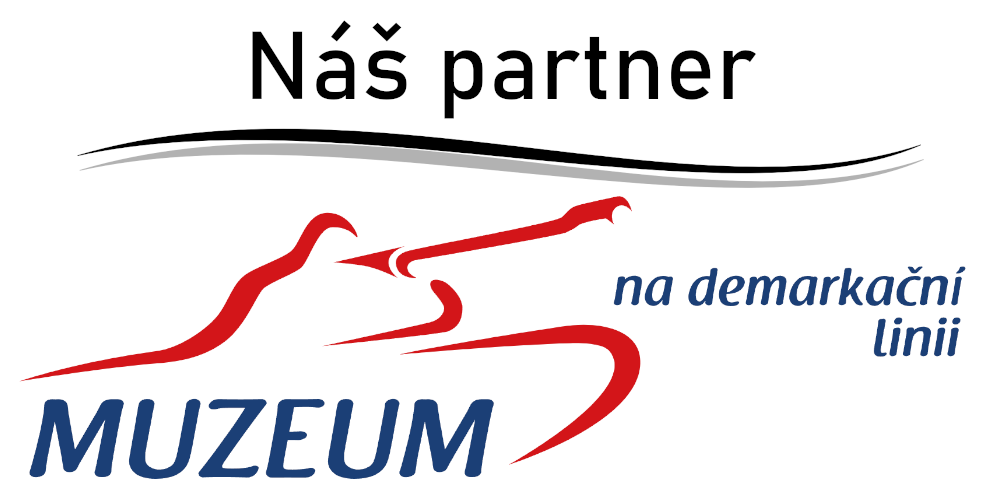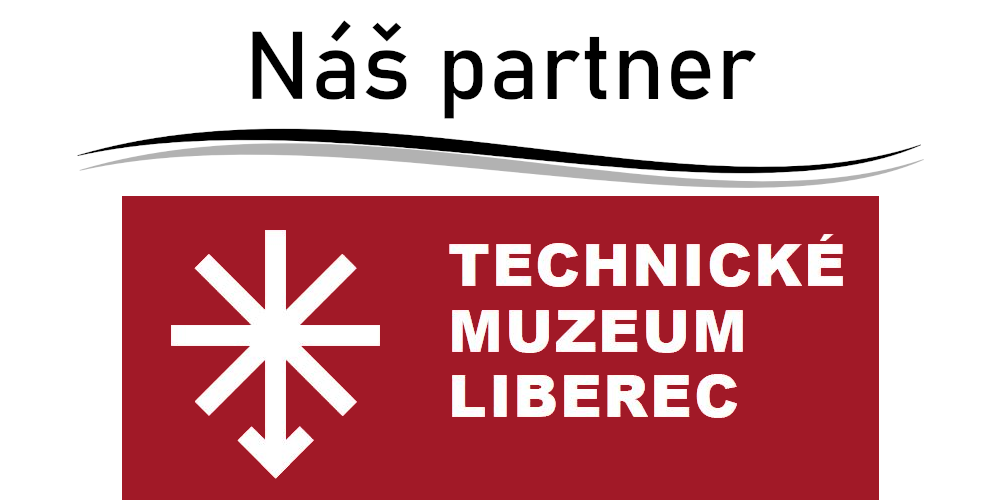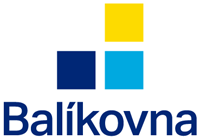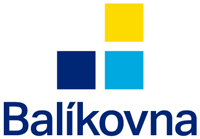Kit of the car model of the East German car manufacturer Barkas B1000 in a scale of 1:35. The toy car is produced in light blue with a flatbed body in a wood pattern. When assembled, the model measures over 5” (13.5cm) long, 2” (7cm) wide and 2” (6cm) high. The package includes a barrel and bucket, all sides are foldable. The glazing is made of transparent plastic and the toy car can be easily moved while playing. The vintage cars from the Youngtimer collection are so charming that you'll want to collect them all.
Show more
100 %
(2 Ranking)
411 Kč
pcs
Add to Cart
In stock - ready to ship (1 pcs)
| List Number: | COBI-24593 |
| EAN: | 5902251245931 |
| Warranty: | 24 months |
| Manufacturer: | COBI |
| Loyalty Points: | 2 |
| Price excluding VAT: | 340,00 Kč |
Description
Parametres
Files and Links1
Discussion
Reviews

You know that:
- Barkas cars were produced in the East German car factory in Karl-Marx Stadt (today Chemnitz).
- The factory, originally called FRAMO, produced trucks and wheeled transporters for the German army during World War II.
- In 1945, the factory had to start from scratch as all the equipment was dismantled and transported to the Soviet Union as part of war reparations.
- As the successor to the Framo V 901, the B1000 was very modern for its time with its self-supporting body and engine layout.
- Originally, the designers wanted to use wood for the construction of the frame, just like the previous model. In the end, wood was not used because the East German carmaker was counting on exports to African countries where the alternating extremes of temperature and humidity degraded the strength of the wooden elements.
- The name Barkas comes from the Phoenician language and means "lightning" but also "fast".
- Although the car's name referred to its high speed, this was not one of its strengths. The small engine often could not withstand prolonged overloading.
- The corrosion treatment on the first series was called "NO", meaning "none", and some new cars were taken over by customers with rust on the bodywork.
- In 1989, Barkas decided to use a more powerful engine, but the car was already hopelessly outdated.
- The last unit, serial number 175 600, was produced on 10 April 1991.
Technical Specifications:
- length 4520 mm, width 1860 mm, height 1910 mm
- kerb weight 1275 kg
- total weight 2020 kg
- petrol engine R3-46 two-stroke, 3-cylinder 992 cm3 engine with 34kW
- number of gears 4
- fuel tank capacity 40 l
- maximum speed 100 km/h
- consumption 10,5 l/100 km
- number of seats 2
Assembly instructions
Related Items
0x
Barkas B1000 Minivan COBI 24600 - Youngtimer 1:35
Kit of the car model of the East German car manufacturer Barkas B...
411 Kč
In stock - ready to ship (3 pcs)




























